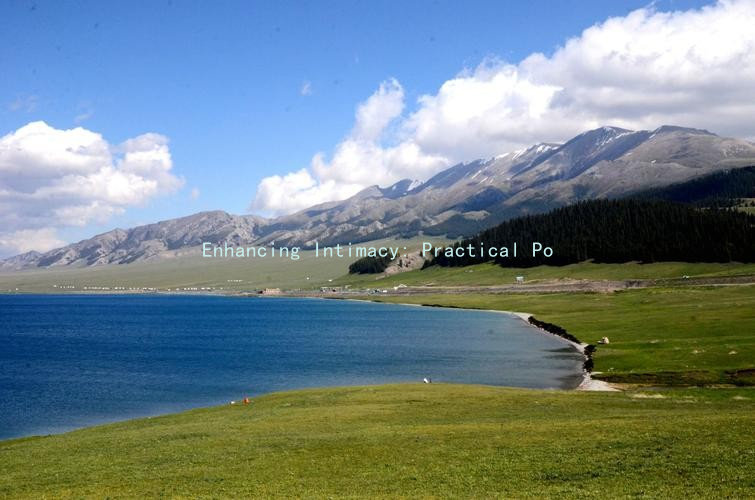Big Buts in Romance: How to Turn Potential Conflicts into Opportunities for Growth
Big Buts in Romance: How to Turn Potential Conflicts into Opportunities for Growth
In the complex landscape of romantic relationships, few phrases are as impactful as But I… or I love you, but… These big buts can signify potential conflicts or differences of opinion, but they dont have to be roadblocks. Instead, they can serve as fertile ground for growth, understanding, and deepening the emotional bond between partners. Here are some effective techniques and conversation strategies to transform those big buts into meaningful discussions.
1. Acknowledge and Validate Emotions
The first step in addressing any conflict is to acknowledge the emotions at play. When your partner says something like, I need more space, but I still care about you, it’s essential to validate their feelings. Simple phrases like, I understand that you need space; let’s talk about how we can balance our time together and apart, can go a long way in showing empathy. Validating feelings fosters an environment of trust and openness, making it easier for both partners to express their needs without fear of judgment.
2. Practice Active Listening
Active listening is pivotal in navigating potential conflicts. This technique involves fully concentrating on what your partner is saying rather than merely preparing your response. By reflecting back what you’ve heard or asking clarifying questions, you demonstrate that you care about their perspective. For instance, if a partner states, I enjoy our time together, but I feel overwhelmed by my commitments, responding with, It sounds like youre feeling stressed and still want our relationship to thrive. How can we work together on this? shows that you are truly engaged in the conversation.
3. Reframe the Conflict
Instead of viewing conflicts solely as issues to be solved, try reframing them as opportunities for growth. When disagreements arise, ask yourselves, What can we learn from this situation? or How can this strengthen our relationship? This mindset allows both partners to approach conflicts as a team rather than adversaries. For example, if one partner feels their needs are being overlooked, rather than placing blame, explore how each person can better support the other. This collaborative attitude can transform a potential argument into a constructive dialogue.

4. Set Boundaries and Expectations
Conflicts often arise from unmet expectations. Clearly communicating your boundaries and needs can diffuse many potential issues before they escalate. For instance, if you say, “I love spending weekends together, but I also need Sundays to recharge,” you create a clear understanding that both people can respect. Discussing how each partner can prioritize their individual needs while being supportive of one another’s feelings can lead to a healthier balance in the relationship.
5. Use I Statements to Communicate Needs
When addressing conflicts, using I statements can prevent defensiveness and promote clarity. Instead of saying, You never listen to me, try framing it as, I feel unheard when we’re having a discussion and you seem distracted. This approach reduces the likelihood of your partner feeling attacked, making them more receptive to the conversation. It helps both partners to articulate their feelings without escalating tensions.
6. Foster a Culture of Continuous Growth
Finally, approach every big but as a part of your relationships growth journey. Relationships thrive when both partners are committed to self-improvement and learning together. Encourage open discussions about how you both can evolve, not only as individuals but as a couple. Engage in activities that strengthen your bond, such as couples workshops or reading relationship books together. These collective experiences can reinforce your commitment to each other and help turn potential conflicts into stepping stones for deeper intimacy.
Conclusion
Conflicts in romantic relationships are inevitable, but they don’t have to spell doom for your partnership. By embracing the big buts, recognizing them as opportunities for dialogue and growth, you pave the way for a healthier relationship. With active listening, open communication, and a commitment to understanding, you can transform potentially contentious moments into valuable lessons that enhance your love story. In doing so, you not only navigate conflicts more effectively but also deepen your connection and establish a stronger foundation for your future together.





